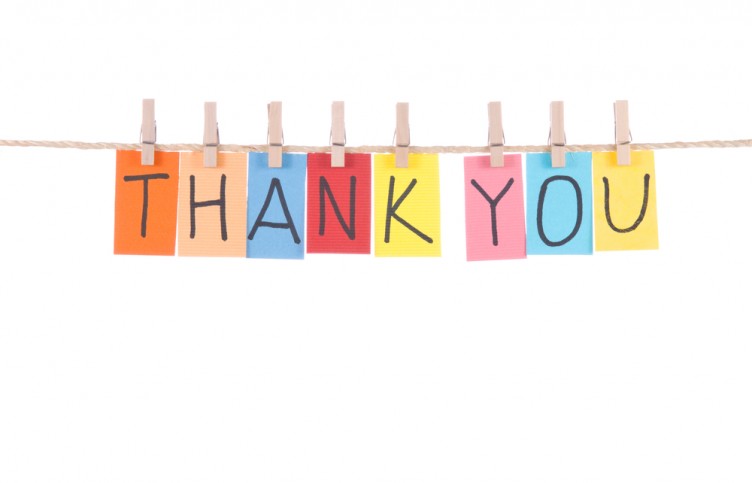by Victoria Johnson
The Boston Athenaeum (BA) is one of the oldest subscription libraries in the United States. Founded in 1807 by prominent society gentleman, today the Athenaeum functions as a library and museum complete with its own archive. …

Featuring profiles of outreach & advocacy in cultural heritage
by Alden Ludlow
About a year ago I was tasked with putting together an exhibit for the small reading room at the Wellesley Historical Society. Having just reorganized and processed our Picture Postcard Collection, I decided it was ripe …
by Jenny DeRocher
La Crosse, Wisconsin is a city of about 50,000 people. It sits between tree-covered bluffs and the winding Mississippi River. The city’s downtown area is like many other industrial Mississippi River towns with traces of train tracks, …
by Ariel Barnes
The Rihanna Experience at the Museum of Science, Boston is a planetarium show unlike any other. For $10 visitors can listen to the greatest hits of Rihanna while being dazzled by a light show projected onto the …
by Jessica Chapel
You can’t cut an American president out of history. How, then, do you represent a president driven from office in disgrace and his complicated legacy? During a recent California trip, I took a detour on my way …
by Jessica Hoffman
Two large metal mushrooms loomed above me, barely obscured by the thin shield of wiry threads fencing them in. The room glowed with an otherworldly light. The air crackled with spiraling energy. Suddenly, the loudest noise I’d …
by Julia Newman
Beginning in 2010, the Portland Art Museum launched Object Stories as a way to challenge the grand and limited narratives frequently supported within museums. The first iteration of this outreach project invited community members to share stories …
 Dear Archives Unboxed readers!
Dear Archives Unboxed readers!by Constance Hyder

Margaret Grant Cherin is the Collections and Exhibitions Curator at Bard College at Simon’s Rock, an early college in Great Barrington, MA. After studying Art History at Smith College, Margaret continued her studies at the Courtauld …
by Sony Prosper
I recently met with Dr. Kenvi Phillips to discuss advocacy and outreach in the context of a curator working in a research library. Kenvi comes from a rich cultural heritage and history background. She received a bachelor’s …